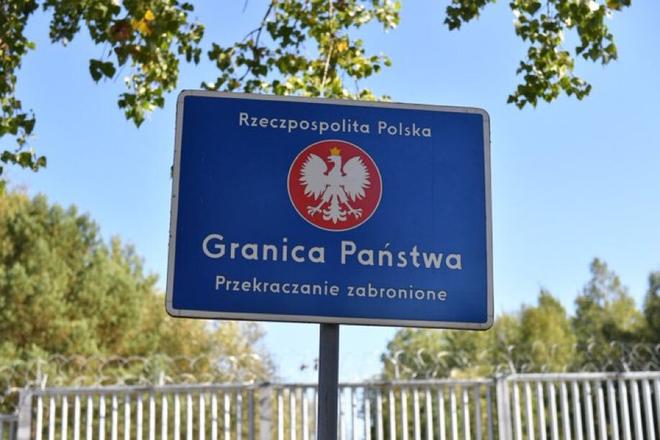Due to the growing number of illegal migrants, the Czech Republic, Poland and Austria will reintroduce temporary border checks with Slovakia from midnight.
“The numbers of illegal migrants to the EU are starting to grow again,” said Czech Prime Minister Petr Fiala (ODS). “We don’t take the situation lightly.”
But acting Slovak Prime Minister Ľudovít Ódor has been calling for a European solution. In his view, the individual steps of EU member states will only create a cascade effect.
“We will all pay money for it but the result will be very muddy,” the Slovak PM said. “In this case, the whole thing has been triggered by Poland, where an election will soon take place, and the Czech Republic has joined in.”
Ódor added that Slovakia will react to the measures announced by its neighbours on Wednesday.
Border checks until October 13
Czech Interior Minister Vít Rakušan (STAN) said that the announced border checks will be random and along the length of the border with Slovakia.
“Citizens need a valid passport or identity card to cross the border,” the Czech Interior Ministry said.
The Czech police will mainly focus on road and railway border crossings, but border checks may also concern pedestrians and cyclists. Even people near the border should have valid documents on them because anyone can be checked.
The temporary border checks are currently planned until October 13. Their possible extension will depend on the current situation, the Czech ministry said. Czechia took the same step last September and extended these border checks until February of this year. Illegal migrants still managed to cross the Slovak-Czech border and continue their journey to western Europe.
The reintroduction of border checks can be prolonged for periods of up to 20 days, but the overall period of border checks shall not exceed 2 months.
There are 27 former border crossings between the Czech Republic and Slovakia, of which 17 are road, seven are railway and three river crossings.

Closed tourist border crossings
The information about temporary checks on the Polish-Slovak border has already appeared on the EU’s website.
Poland’s Interior Minister Mariusz Kamiński thinks that the announced border checks are very likely to be extended after October 13. He added that Poland has been patrolling the Slovak-Polish border and checking suspect vehicles in the past two weeks, during which 551 illegal migrants were detained.
The Polish army will help the Polish Border Guard inspect the Polish-Slovak border, including eight road border crossings and three railway crossings.
Crossing tourist border crossings, e.g. mountain crossings in the Tatra Mountains, will be prohibited and will be considered illegal border crossing, said the Border Guard.
Guarded Polish-Slovak border crossings that can be crossed:
ROAD: Radoszyce, Periwinkle, Muszynka, Piwniczna-Zdrój – Mnišek nad Popradom, Jurgów, Chyżne, Korbielów, Zwardoń - Skalité Platforma;
RAILWAY: Łupków – Palota, Muszyna – Plaveč, Zwardoń–Skalité;
PEDESTRIAN (only for EU citizens, their spouses and children): Ożenna, Konieczna, Leluchów, Niedzica, Lysa Polana, Chochołów, Winiarczykówka, Ujsoły, Boron, Zwardoń - Myto, Jaworzynka – Čierne –Skalité.
Source: Polish Border Guard
Fico: We will use force
In the first eight months of this year, Slovakia detained 24,500 illegal migrants. For all of 2022, the police detained 10,900 refugees. The police had detained just hundreds of illegal migrants per year before.
Slovakia has long said that it does not have the resources to protect the 655-km border with Hungary. It has argued that such a measure would not tackle illegal migration but disrupt the life of people near the border instead.
On Sunday, October 1, the winner of the Slovak election, Smer leader Robert Fico, announced that if his party Smer forms the government, this cabinet will adopt a decree to reintroduce border checks with Hungary.
Fico, who has held anti-immigration positions for many years, even threatened to use force against illegal migrants last weekend.
“It will not be a pretty picture,” he said.


 Czechia and Poland will reintroduce temporary border controls with Slovakia from midnight. (source: X/Mariusz Blaszczak)
Czechia and Poland will reintroduce temporary border controls with Slovakia from midnight. (source: X/Mariusz Blaszczak)